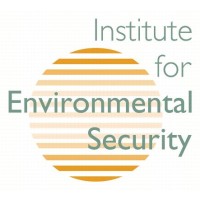
Reinvent Australia
The purpose of Reinvent Australia (RA) is to advance leadership on issues critical to the well-being of Australia and the quality of life of all Australians. RA advocates for a long-term, strategic approach by government and business to address the social and economic challenges facing the nation. The team at RA is composed of professionals, internationally recognised leaders and advisors with a collective expertise that spans the globe and covers key industries. Their connections include policy makers and influencers in other countries who are undertaking similar initiatives and programs. Reinvent Australia works through its members, other stakeholders and decision makers to: •Identify key topics as they become critical •Conduct events to influence hearts and minds •Provide commentary on current social and political events •Facilitate debate among policy makers and the public. More than a think tank, Reinvent Australia engages, empowers and acts. Our aim is to change the way people think and how they influence decision-making about the issues facing our nation. To find out more about our campaigns go to www.reinventaustralia.net.au.






